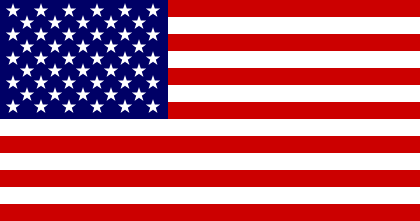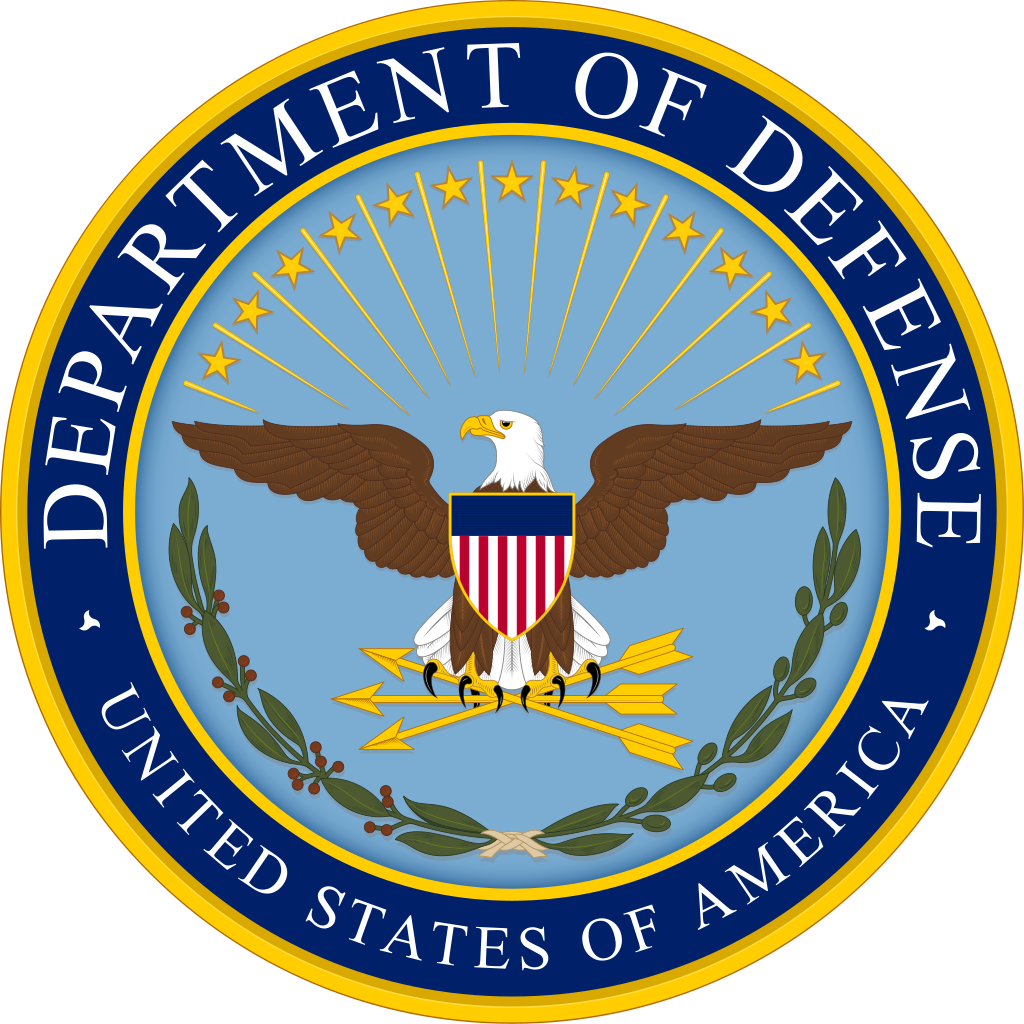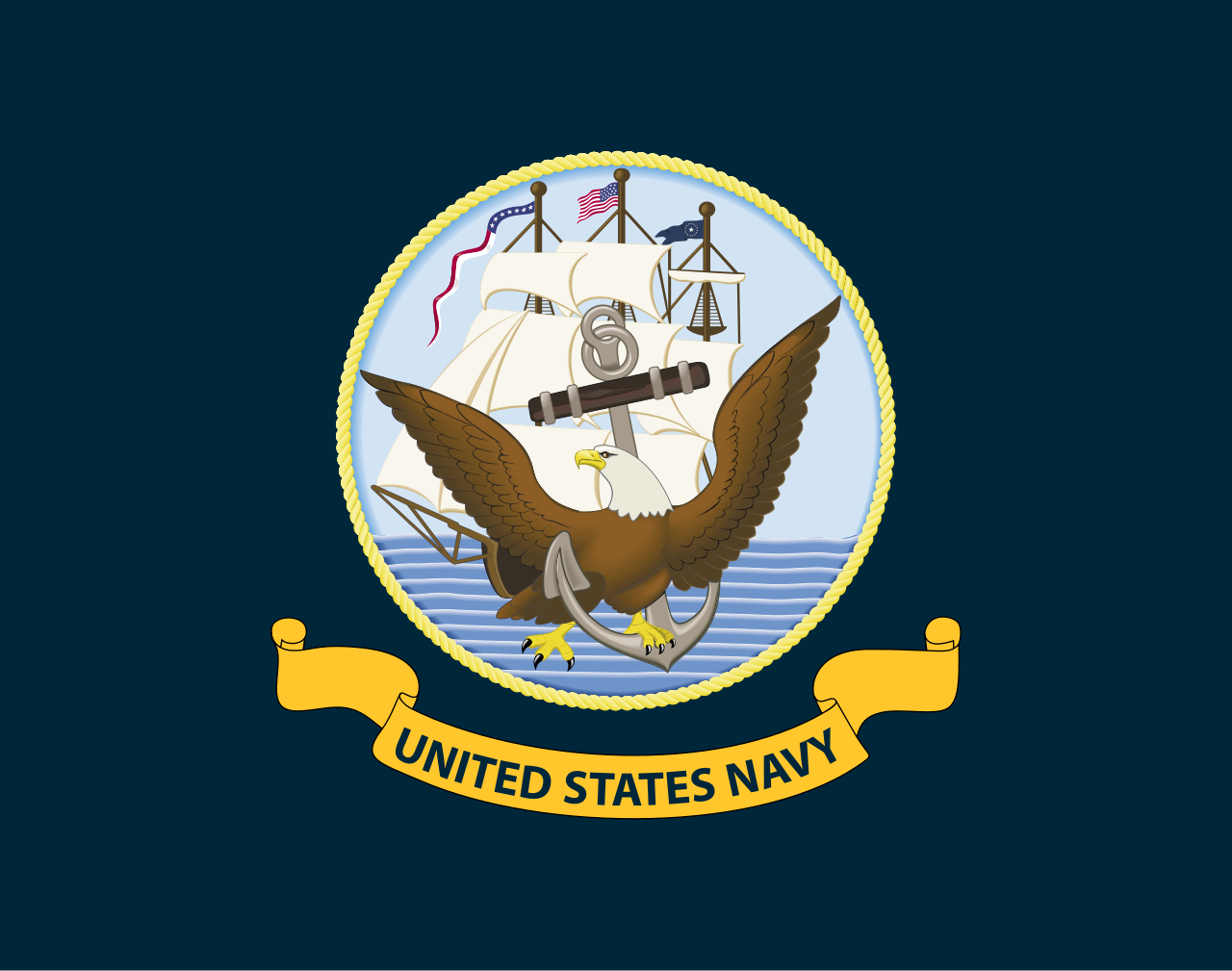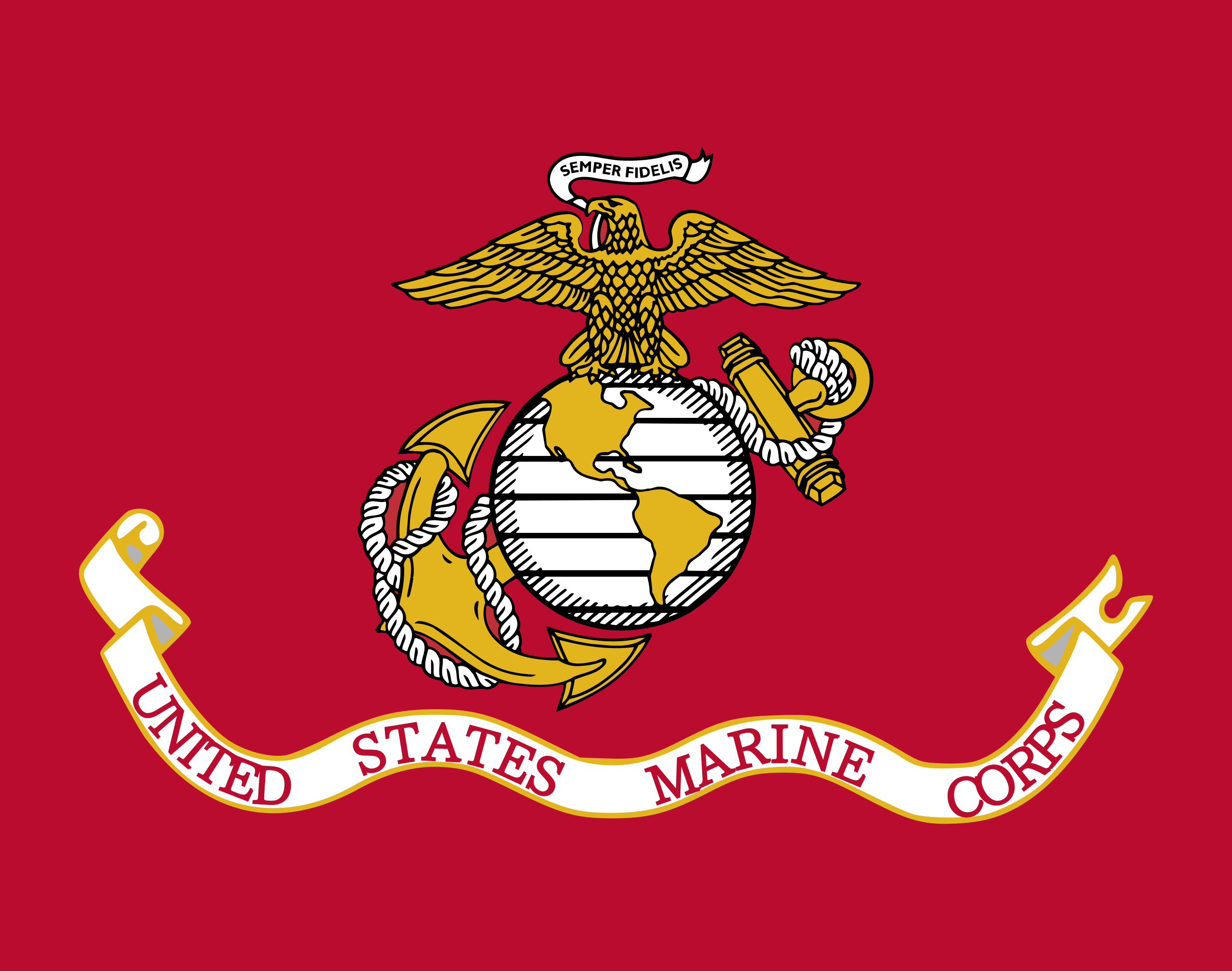- Jan 6, 2018
- 13,620
 JOINT STRIKE GROUP 1
JOINT STRIKE GROUP 1Security Classification: TOP SECRETSITUATION REPORT
| Following the recent state visit, the UK and US have announced the formation of a joint strike group, enhancing their military collaboration and readiness to address emerging global threats. The Royal Navy had agreed to offer support in the capacity of a Carrier Strike Group which would be accompanied by a US Navy Battle Group, forming 1-JSG. |
BELLIGERENTS
BLUFOR

OPFOR No Data Available |
ORDER OF BATTLE
| Royal Navy HMS Invincible (Invincible-class Aircraft Carrier) [726] Sailors, Royal Navy [384] Personnel, Fleet Air Arm [16] British Aerospace Harrier II GR.9A, 802 Naval Air Squadron, G/H/I/J Flight [3] Westland Sea King HC.4, 847 Naval Air Squadron, D Flight [2] Westland Sea King ASaC7, 882 Naval Air Squadron, B Flight HMS Albion (Albion-class Landing Platform Dock) [325] Sailors, Royal Navy [300] Royal Marines, 45 Commando, A/B/C Company [24] Royal Marines, Commando Logistics Regiment, 1 Troop, Logistic Support Squadron [26] Royal Marines, Commando Logistics Regiment, Forward Surgical Group 1 [2] LCVP Mk5 Landing Craft [6] Offshore Raiding Craft [20] Landrover Wolf WMIK [10] Leyland DAF (Drops) [2] Oshkosh Wheeled Support Tanker HMS Montrose (Type 23 Frigate) [185] Sailors, Royal Navy [2] Pacific 22 RIB [1] Westland Lynx HMA.8, 832 Naval Air Squadron, A Flight HMS Grafton (Type 23 Frigate) [185] Sailors, Royal Navy [2] Pacific 22 RIB [1] Westland Lynx HMA.8, 832 Naval Air Squadron, A Flight HMS Birmingham (Type 42 Destroyer) [301] Sailors, Royal Navy [1] Westland Lynx HMA.8, 832 Naval Air Squadron, A Flight HMS Torbay (Trafalgar-class Submarine) [130] Sailors, Royal Navy RFA Fort George (Fort Victoria-class Replenishment Oiler) [95] Sailors, Royal Fleet Auxiliary CAMPAIGN REGISTER
Although working in the build up to the new year, spirits were high across those that were about to spent the next 6+ months out at sea. Eager to get stuck in and see what operations they would be part of and a chance to progress in their career for those just starting out. Ahead of departing, a memo was sent to the US Navy (@odin) to advise that the Royal Navy contingent had been clear to depart, requesting that forces meet half way across the Atlantic to regroup. It was suggested that the JSG travel through to the Suez Canal and into the Indian Ocean. There, it could use Diego Garcia for any resupply before progressing east towards the Pacific. Any delays in communication didn't stop the Royal Navy beginning, however. Over the course of the next few hours, the ships and submarine begun their departures from their bases and intended to meet near Portsmouth, away from the coast to also accommodate the arrival of the Harriers and Helicopters that sought to land on their respective platforms which would be their home for the majority of the year. Odinson |










